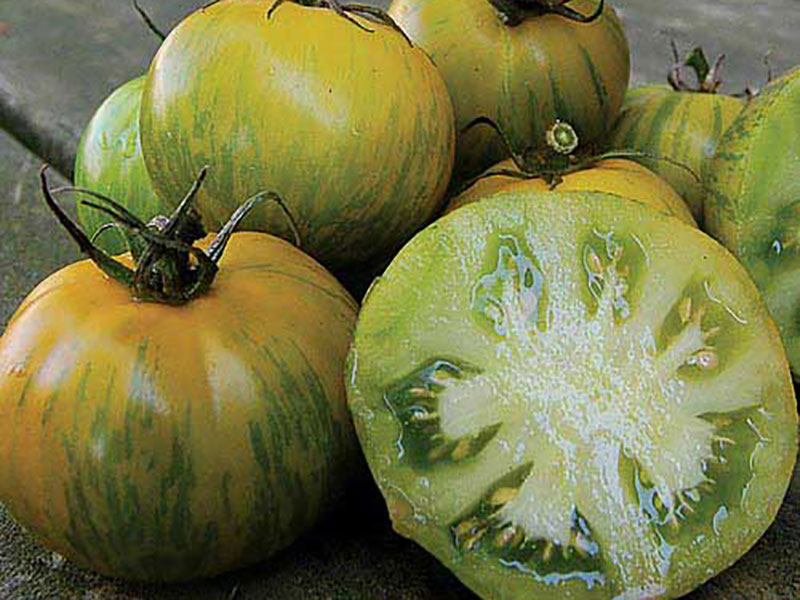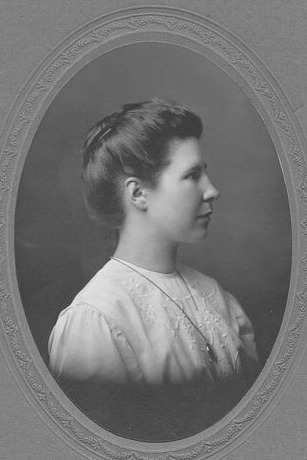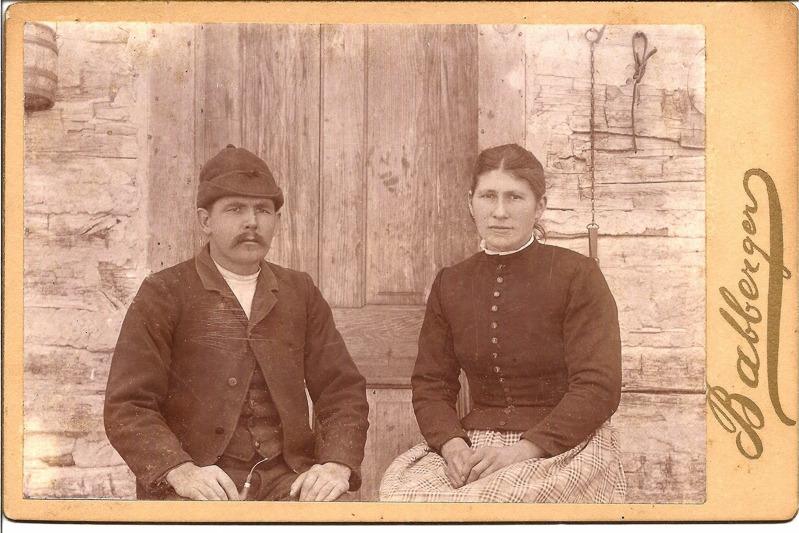Stewardship Stories: Tom Wagner

Tom Wagner
Tater Mater Seeds


Before Tom Wagner ever started breeding the now-popular ‘Green Zebra’ tomato in 1958, he learned the value of saving seeds by shelling beans around the farm table with his extended family. “It wasn’t work, it was fun!” he recalls. “Talking to your grandparents about [life], it was the central part of seed saving!”
At 10 years old, Tom was entrusted with maintaining his maternal grandmother’s family heirloom, the ‘Suess Becker’ bean.
Tom’s maternal great-grandparents carried the ‘Suess Becker’ bean to Nebraska when they emigrated from Germany in the late 1880s. “When they came from Germany to America, they had to have fresh produce, and green beans were one of their favorite things!” muses Tom. “Those were a real important winter crop… They’d have literally hundreds of pounds of dry beans put away.”
Today, some 50 years after he was given the bean by his grandparents, Tom continues to grow the bean in the hopes of passing it on to his grandchildren.

After all these years, Tom is still actively at work, running Tater Mater Seeds. Although some of the varieties that Tom bred as a teenager took their inspiration from pranks (e.g. a tomato that never ripens, appropriately named ‘Never Will’), much of his current focus has shifted to nutrition.
Tom explains that many tomatoes currently on the market are high in sugars. Inspired, he has spent the last four years breeding tomatoes with higher protein levels and lower sugar content to help people manage diabetes. “I’m trying to make sure that in the future, tomatoes will have a better track record!”

Seed Savers Exchange has led the heirloom seed movement since 1975, inspiring a generation of seed companies to specialize in rare, regionally adapted, delicious, and irreplaceable open-pollinated varieties. Many of these companies were founded by our own Seed Savers Exchange members. Rather than allowing heirloom and historic varieties to vanish or go unnoticed, these members launched an uncoordinated, organic, and persistent resistance to the disappearance of heirloom seeds. This first wave of heirloom seed companies did not offer seed catalogs in response to consumer demand. Instead, they created it.
Originally a part of the “Rise of the Heirloom Seeds” exhibit, made possible by The 1772 Foundation.
This is the story of one of nine small seed companies and a few of the varieties they have preserved. While each and every one of their backgrounds is as unique and bold as the varieties they share, they all have one thing in common: the passion for sharing seeds.
Bios written, interviews, and correspondence by Kelly Loud with help from Sara Straate.
Special thanks to the following people: Alan and Linda Kapuler, Suzanne Ashworth, Craig Dremann, Steve Sando, Mike and Denise Dunton, Tom Wagner, Joanne Ranck-Dirks, Sue Ellen Majer, Bill McDorman, and Glenn Drowns.